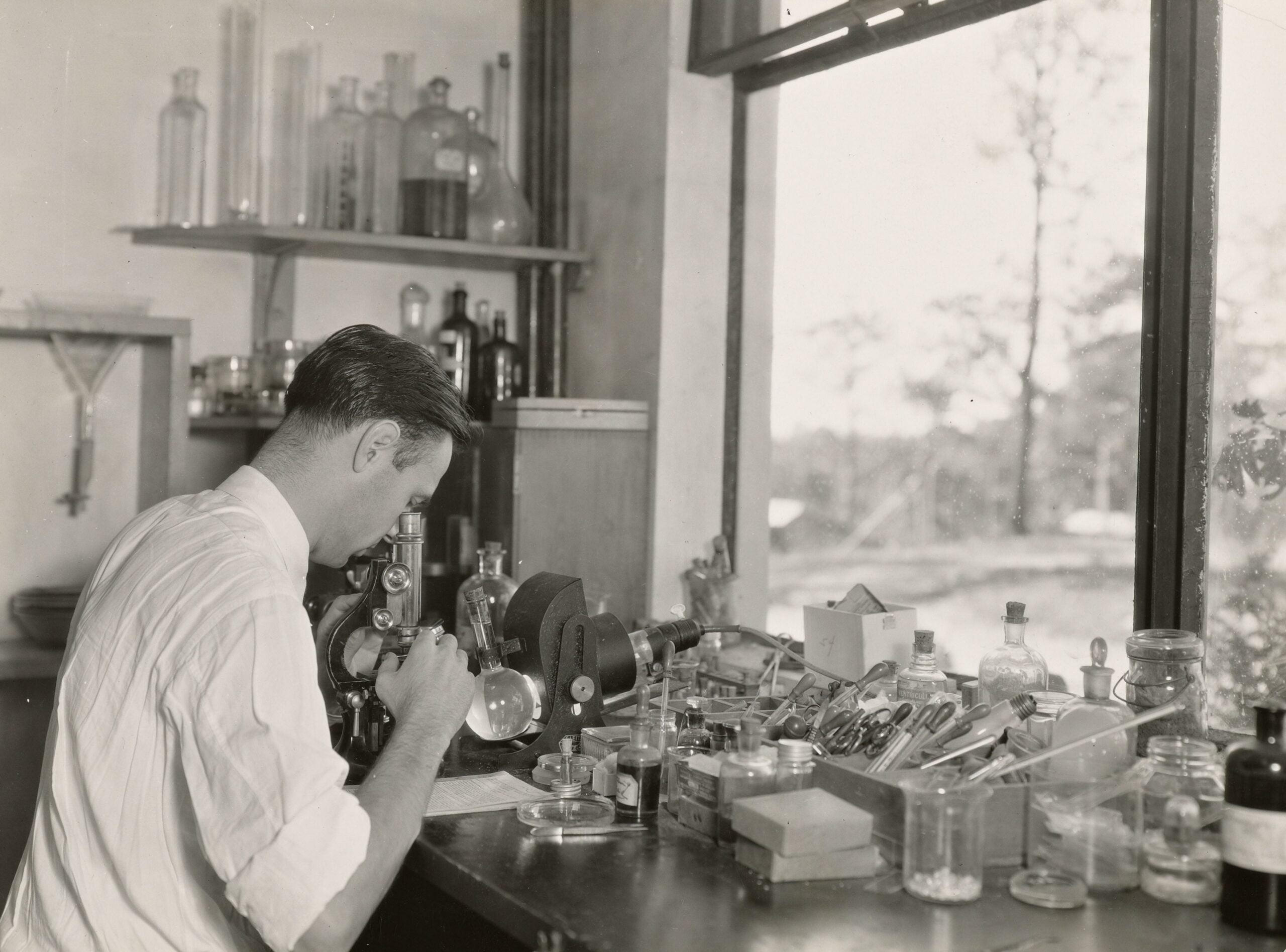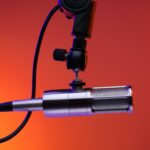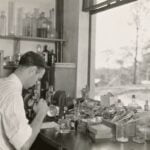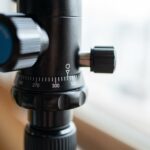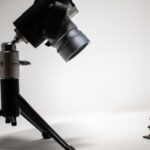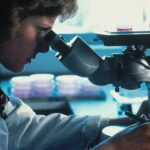The history of scientific discoveries is rich with fascinating tales of ingenuity, perseverance, and groundbreaking innovation. Within this vast tapestry of human curiosity and intellect, one invention stands out as a symbol of our insatiable thirst for knowledge and the wonders of the natural world – the microscope. This remarkable instrument, with its ability to reveal the hidden realms of the microscopic universe, has revolutionized countless fields of study and forever changed our understanding of the universe. Join me on a captivating journey through time as we unravel the captivating history of the microscope and the remarkable minds that brought this transformative tool to life.
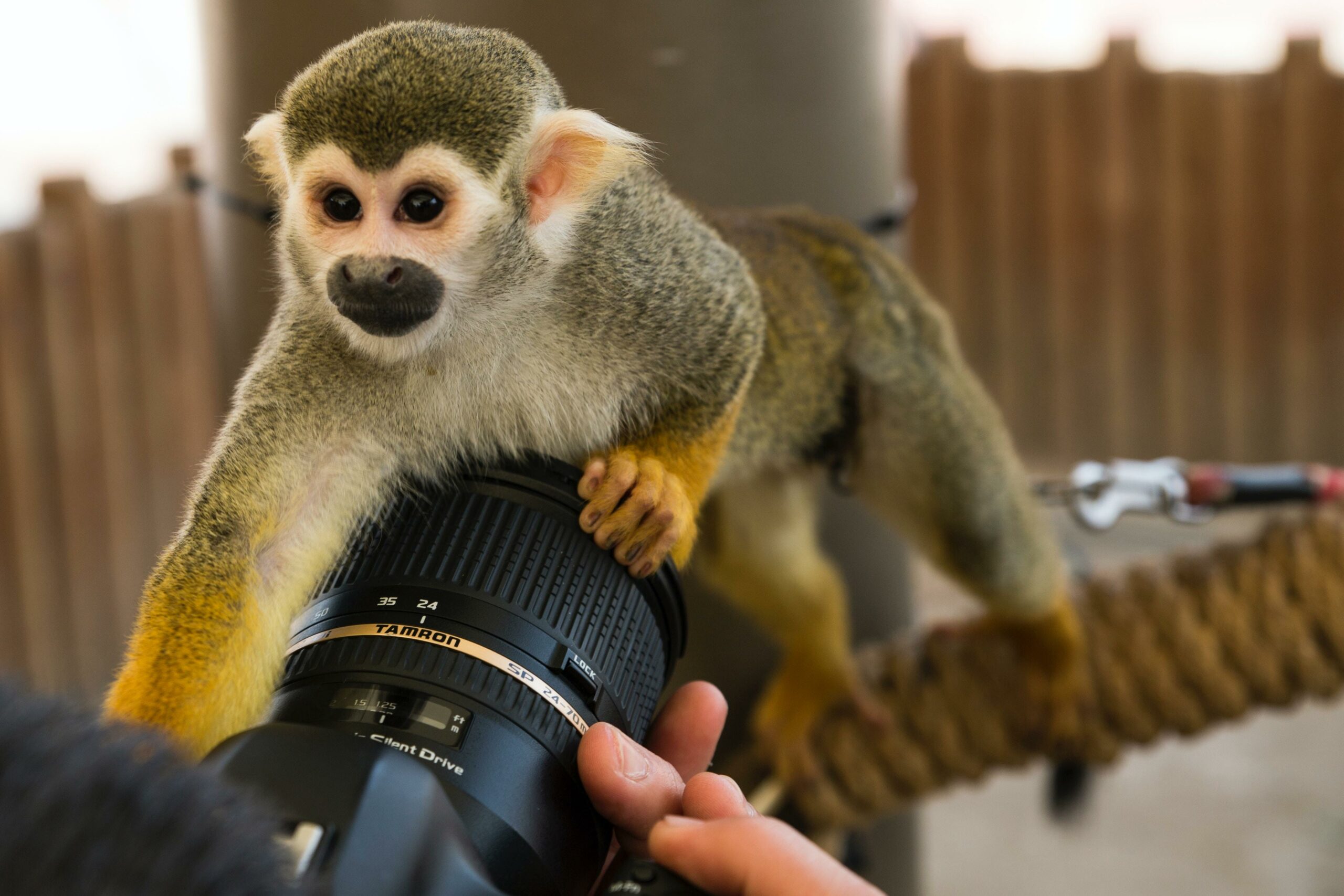
History of Microscope Invention
The history of microscope invention is a captivating journey that spans centuries and showcases the ingenuity and curiosity of the human mind. From humble beginnings to groundbreaking discoveries, the development of the microscope has revolutionized scientific exploration, enabling us to see and understand the intricate world of the microscopic. So, let’s embark on this fascinating journey through time and explore the evolution of microscopes.
In the late 16th century, two Dutch spectacle-makers named Hans and Zacharias Janssen made a remarkable achievement that would lay the foundation for the invention of the microscope. They were the first to design a device capable of magnifying objects, using their understanding of grinding glass for spectacles and magnifying glasses, which had become commonplace by the 13th century. This breakthrough led to the birth of the microscope as we know it today.
But it was not until 1609 that the Italian scientist Galileo Galilei perfected the first device known as a microscope. His creation consisted of a convex objective lens and a concave eyepiece lens, allowing for greater magnification and clarity. This momentous invention opened up new possibilities for scientific observation and exploration.
One of the key milestones in the history of microscope invention came in 1667 when the English scientist Robert Hooke published “Micrographia.” This groundbreaking work detailed his studies using the microscope and showcased the immense potential of this scientific tool. Through his observations, Hooke unveiled a whole new world of tiny details, including the cellular structure of plants, solidifying the importance of microscopy in scientific research.
At the same time, the Dutch scientist Anton van Leeuwenhoek was making remarkable discoveries using a microscope with a single lens. Though his microscope was simplistic compared to later designs, it allowed him to observe and document the existence of previously unseen microorganisms, including bacteria. Leeuwenhoek’s meticulous observations and groundbreaking revelations pushed the boundaries of scientific understanding and firmly established the microscope as an indispensable tool for scientific exploration.
Throughout history, the microscope has continued to evolve, thanks to the contributions of various individuals. In the 18th century, advancements in technology led to the popularity of microscopy among scientists. Notable figures like Richard Zsigmondy and Charles A. Spencer made significant improvements to microscope design, enhancing image clarity and magnification capabilities.
The invention of the microscope had a profound impact on multiple fields of study. Biologists were now able to explore the intricate structure and function of cells, paving the way for groundbreaking discoveries in genetics, medicine, and microbiology. The microscopic world also revealed the diversity of microscopic organisms and contributed to the field of taxonomy. Moreover, the use of microscopes in materials science and nanotechnology has been instrumental in advancing our understanding of complex materials at the atomic and molecular scale.
Today, the microscope remains an indispensable tool in scientific research and discovery. From educational institutions to cutting-edge laboratories, microscopes continue to unravel mysteries and shape our understanding of the world around us. The field of microscopy has witnessed vast technological advancements, with modern microscopes offering unprecedented levels of resolution and imaging capabilities.
To truly appreciate the history of microscope invention is to recognize the immense impact it has had on scientific progress. From the pioneering efforts of Hans and Zacharias Janssen to the groundbreaking discoveries of Leeuwenhoek and Hooke, the development of the microscope has shaped our understanding of the microscopic world and propelled scientific advancements in countless fields. So, let us celebrate the ingenuity and brilliance that led to the creation of the microscope, an instrument that forever changed our perception of reality.
“The history of microscope invention is an awe-inspiring tale of human curiosity, ingenuity, and the relentless pursuit of knowledge. It is a testament to the power of scientific exploration and the profound impact it has on shaping our understanding of the world.”
Microscopes have revolutionized the world of scientific discovery and have become an integral tool in various fields. If you are curious to learn more about these fascinating devices, check out our article on “5 Facts About Microscopes.” Discover the history, functionality, and incredible advancements that have shaped the world of microscopy. Explore the URL: 5 Facts About Microscopes and unlock a world of microscopic wonder. Prepare to be amazed as you delve into the intricate details and discover the hidden world that lies beyond the naked eye. Don’t miss out on this opportunity to expand your knowledge and marvel at the wonders of the microscopic world.
FAQ
Question 1
When was the first microscope invented and by whom?
Answer 1
The first microscope was invented in the late 16th century by Dutch spectacle-makers Hans and Zacharias Janssen.
Question 2
What laid the foundation for the development of the microscope?
Answer 2
Grinding glass for spectacles and magnifying glasses was common in the 13th century, which laid the foundation for the development of the microscope.
Question 3
Who perfected the first device known as a microscope?
Answer 3
In 1609, Galileo Galilei perfected the first device known as a microscope.
Question 4
Who was the first to observe bacteria using a microscope?
Answer 4
In 1675, Anton van Leeuwenhoek used a microscope with a single lens to observe insects and other specimens. He was the first to observe bacteria.
Question 5
How did the invention of the microscope impact scientific research?
Answer 5
The invention of the microscope allowed scientists to see and study tiny objects in detail, leading to numerous advancements in biology and other fields.
“`json
“`
- Georgia Platform: A Southern Strategy, 1850s - March 31, 2025
- How many weeks is 40 days: Quick Conversion Guide for Accurate Results - March 31, 2025
- How many feet is 300 meters? 984 Feet: Understand Length Conversions Easily - March 31, 2025
